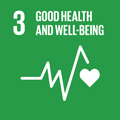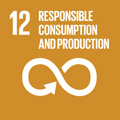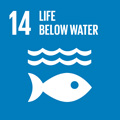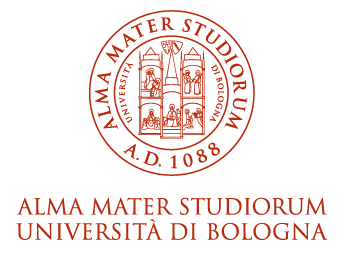- Docente: Giacomo Biagi
- Credits: 6
- SSD: AGR/18
- Language: Italian
- Teaching Mode: Traditional lectures
- Campus: Cesena
- Corso: First cycle degree programme (L) in Aquaculture and Fish Production Hygiene (cod. 8834)
Learning outcomes
At the end of the course the student acquires at a theoretical and practical level the necessary skills for the choice of concentrated feed, forages and other feedstuffs, based on their main nutritional characteristics and the presence of anti-nutritional. In particular, the student is able to interpret the indications regarding the nutritional requirements of domestic animals, adapting them to their different production phases and their capacity to consume food, also foreseeing the effects of technological treatments.
Course contents
Energy metabolism in aquaculture
animals. Energy sources and energy utilization. Energy and protein
requirements. The protein sparing effect. Essential amino acids and
fatty acids. Antinutritional factors. Mineral and vitamin
requirements. Pigments.
Fish meal and fish oil
production and quality. Production and nutritional properties of
protein feedstuffs of plant origin. Production and
nutritional properties of energy feedstuffs. Dietary
supplements.
Readings/Bibliography
ASSALZOO, Normativa sugli alimenti per animali, Edagricole, Bologna, 1997.
GUILLAUME J., KAUSHIK S., BERGOT P., METAILLER R., Nutrition and Feeding of Fish and Crustaceans, Springer Praxis, 2001.
JOBLING M., Fish Bioenergetics, Chapman and Hall, , 1994.
Mc DONALD P., EDWARD R.A., GREENHALGH J.F.D., Nutrizione animale, Ed. Tecniche Nuove, 1992.
Teaching methods
Frontal lessons will regard the basics of nutrition and feedstuffs in aquaculture. Students will be asked to interact with the teacher about the subjects in progress.
Students with special needs are invited to contact the teacher by e-mail to organize the teaching and examinations in the best possible way.
Assessment methods
The exam tests will be guaranteed online. Based on the evolution of the health context, the examination tests may also take place in the presence of students when possible. The exam aims at verifying the achievement of the teaching objectives and the acquisition of the knowledge provided by the course program. The final grade originates from the student's demonstration of having acquired the knowledge and skills required, and the ability to link the various issues.
If exams in the presence of students are possible, at the end of the lectures concerning the topics of Nutrition, an intermediate test will be carried out (two open questions and 12 multiple choice questions) to which students will be able to participate on a voluntary basis (the test lasts two hours). One point will be awarded for each multiple choice question answered correctly (a wrong answer does not reduce the final score), for each open question 9 points are available. In online mode, the intermediate test will consist of an interview.
The final exam is oral with a question concerning a topic of nutrition and one about a feedstuff (on this occasion the student who has passed the test in itinere can decide whether or not to answer the question of nutrition, therefore accepting or refusing the vote received at the test in itinere). The final grade will be represented by the average between the grade received for the nutrition part and that for feedstuffs.
In the presence of a preparation on a very limited number of topics covered in the course and analytical skills that emerge only with the help of the teacher, with the use of an overall correct language, the result will be a grade between 18 and 19. With a preparation on a limited number of topics covered in the course, autonomous analysis skills only on purely executive matters, with the use of a correct language, the grade will be between 20 and 24. With a preparation on a large number of topics addressed in the course, the ability to show critical analysis and the mastery of specific terminology the grade will be between 25 and 29. With exhaustive preparation on the topics addressed in the course, independent choices of critical analysis and connection, full mastery of specific terminology and ability to argumentation and self-reflection, the result will be a grade between 30 and 30 cum laude.
Teaching tools
Laptop with beamer, photos
Office hours
See the website of Giacomo Biagi
SDGs



This teaching activity contributes to the achievement of the Sustainable Development Goals of the UN 2030 Agenda.
